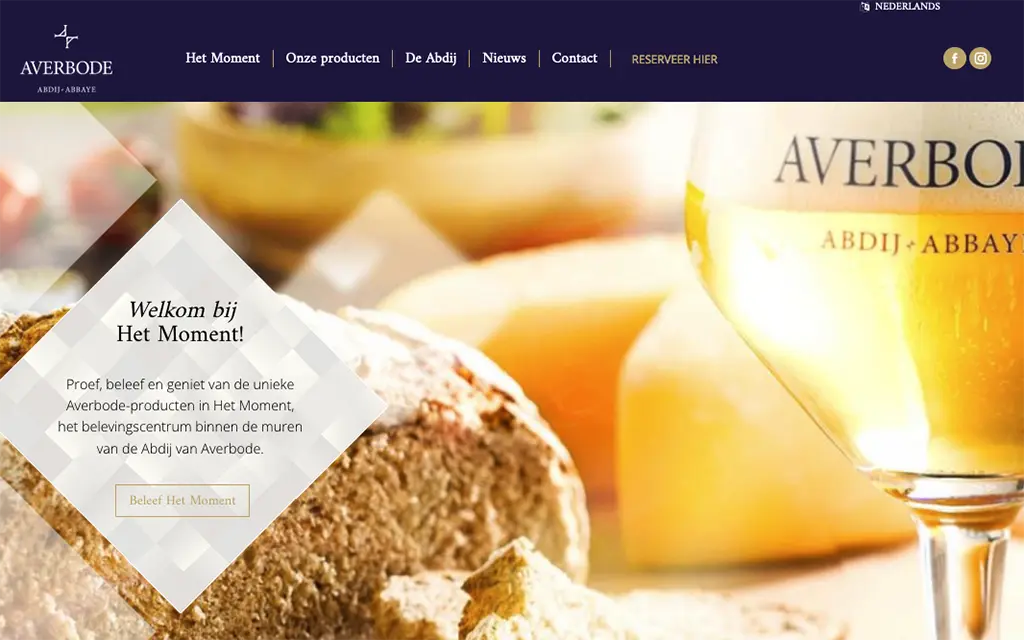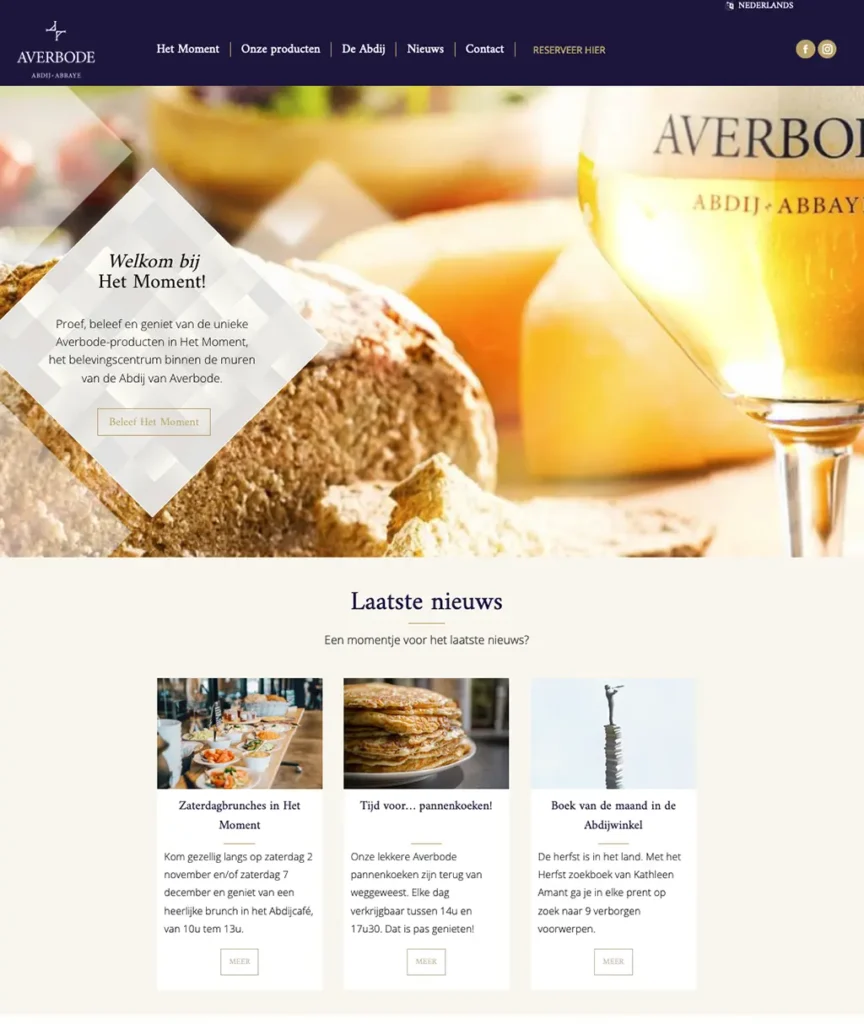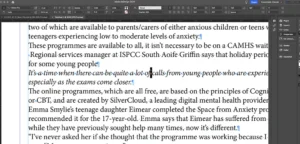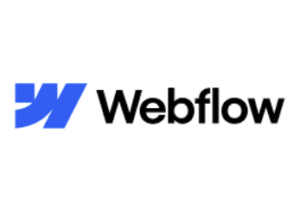If your website serves multiple languages and countries, it can be difficult to make sure that Google and other search engines index your web pages correctly. There are several ways to handle international content.
1. Use local domains for each language
A very good way to serve international content is to use country specific domains. For example, use yourcompany.com for the USA, yourcompany.de for Germany, yourcompany.fr for France, etc.
If you have a .de domain, it will be much easier to get high rankings on German search engines. In addition, a German website with German content is very easy to understand for website visitors and search engines.
It is much less confusing than a website that contains English, German, Spanish and other content.
2. Let your visitors choose which language they want to see
Another way to present international content is to let your website visitors choose the appropriate version. Your homepage contains a country and language selector to let users choose their favorite version.
After the selection, the user should be redirected to a web page that has a unique URL, i.e. each language version should use unique URLs.
If you use this method, it is important that your web pages use the x-default rel-alternate-hreflang annotation for the country selector page, which was specifically created for these kinds of pages.
In general, this method is more confusing than the first method. It’s easier to make mistakes that can lead to problems with search engines.
3. Redirect visitors automatically
Instead of letting your website visitors choose, you can also redirect them based on their location and their language settings. You can do this with 302 redirects or by dynamically serving the right HTML content.
This method also requires the x-default rel-alternate-hreflang annotation and you must also make sure that the language pages have individual URLs.
Automatic redirects can be annoying. For example, if a person from the US is on vacation in Europe, it is not good if the US version cannot be accessed. It’s also easy to make mistakes that can lead to indexing problems if you use this method.
Regardless of the method that you use to present your international content, you should make sure that all pages have rel-alternate-hreflang annotations.
In addition, all pages must be accessible for Googlebot. Visitors should also be able to visit different language versions of your website.
Getting high rankings for international websites is even more difficult than getting high rankings for regular websites.
Case Study: Multilingual Website
This Website Main Language in Dutch but caters for French & English Speaking Countries also.
Visitors choose their language from a drop down menu in the website header.





